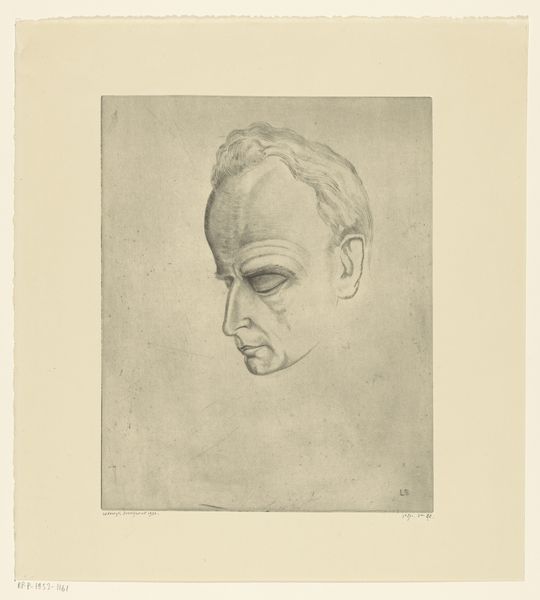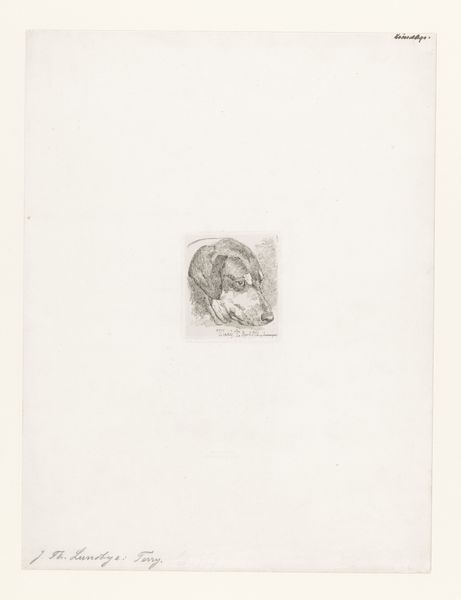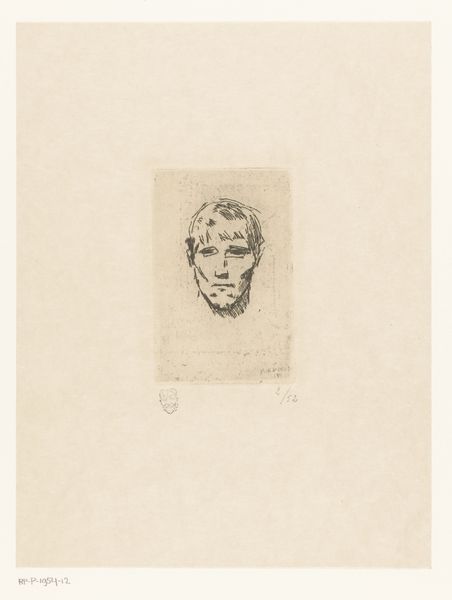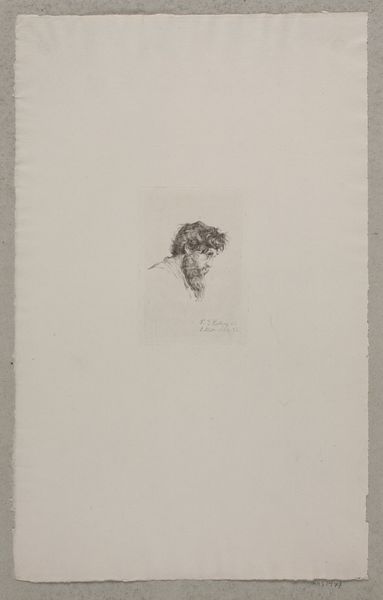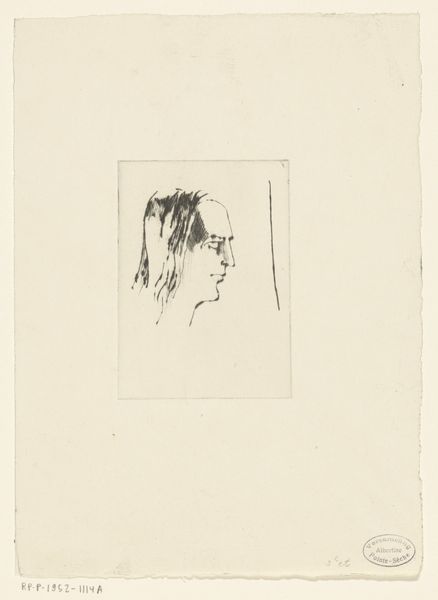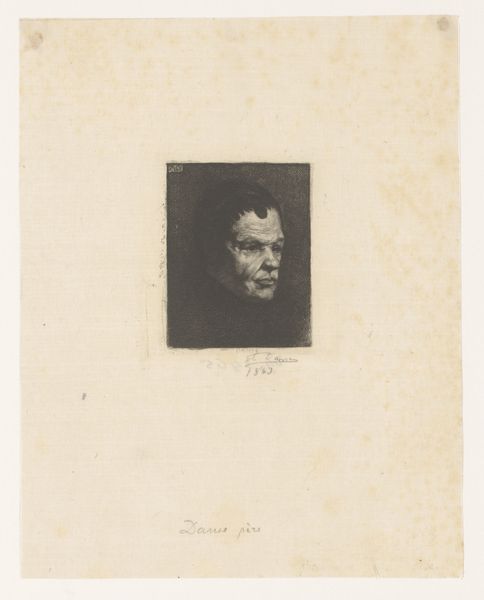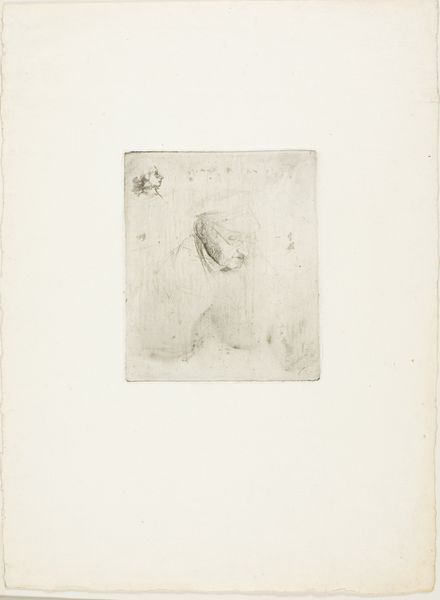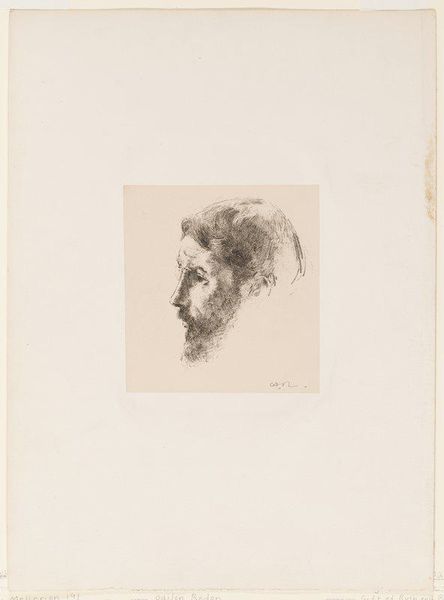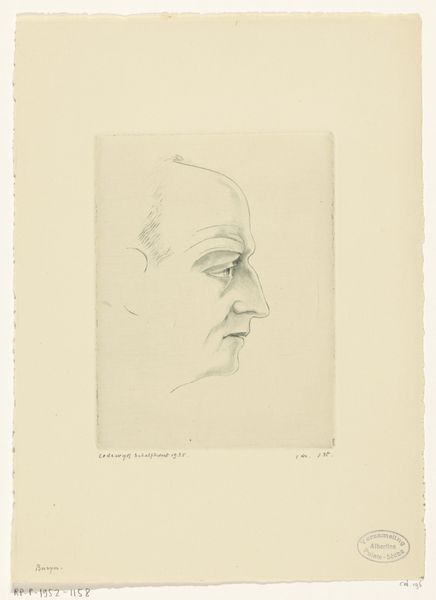
Portretstudie van Freule G.C.L.A. Clifford 1851 - 1924
0:00
0:00
carelnicolaasstormvansgravesande
Rijksmuseum
drawing, pencil
#
portrait
#
drawing
#
pencil drawing
#
pencil
#
academic-art
#
realism
Dimensions: height 164 mm, width 174 mm
Copyright: Rijks Museum: Open Domain
Editor: So, this is Carel Nicolaas Storm van 's-Gravesande's "Portretstudie van Freule G.C.L.A. Clifford," dating from around 1851 to 1924. It's a pencil drawing. There's a melancholic feel to it; her eyes are cast down. What do you see in this piece? Curator: The subdued affect definitely captures something, doesn't it? I immediately consider the historical context. Being a portrait of a 'Freule,' or a noblewoman, situates her within a very specific socio-economic class. How might her identity, as represented here, intersect with power, privilege, and the societal expectations placed upon women of her status during that period? Editor: That's a fascinating angle. I was just seeing a face. I didn't consider her social position influencing the artist's choices or even her own demeanor. Curator: Exactly! Consider how artists have historically represented women from different social strata. Does this portrait, in its quiet realism, challenge or reinforce conventional depictions of aristocratic femininity? Does it provide social commentary? What choices were being made to convey information about gender or class? Editor: I hadn't thought of it that way at all. It feels very different thinking about it as a representation of class and gender, rather than just an individual. It gives a voice to questions around the historical objectification of women in art. Curator: Precisely. It moves the work into a conversation about broader cultural narratives and power structures. How would our interpretation shift if this were a portrait of a working-class woman, drawn in the same style? Editor: That really puts it in perspective. Looking at art with a sociological lens is a game-changer. Curator: It helps us unlock so many layers of meaning and prompts questions around identity and representation!
Comments
No comments
Be the first to comment and join the conversation on the ultimate creative platform.
